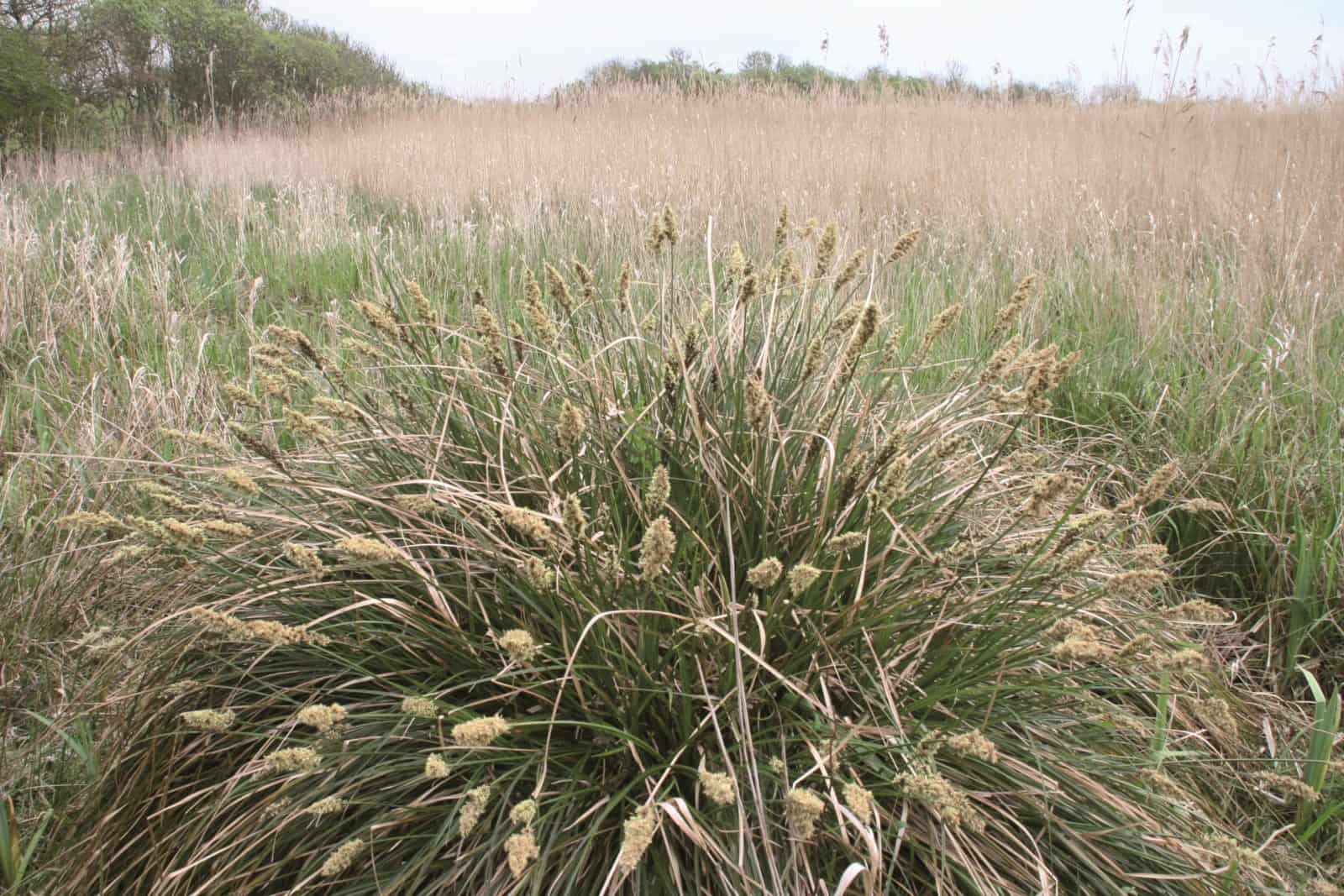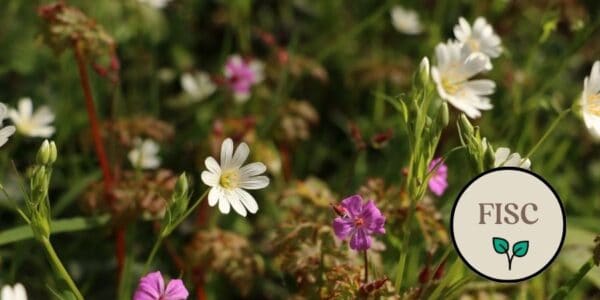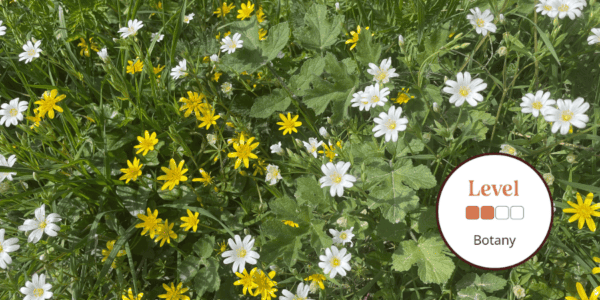This Grasses, Sedges and Rushes course will provide you with an understanding of the importance of these species for conservation, ecology and recording.
The countryside around the Preston Montford Centre offers a great range of habitats to explore from roadsides and improved grassland to moorland, water margins, fen, calcareous grassland and woodland.
You will make the most of this by embarking on field visits to a range of contrasting sites, providing plenty of material from all three families, some of which will be examined in detail in the lab. Identification keys will be introduced and you will be encouraged to take the exciting step of making your own voucher specimens for reference.
Grasses and grass-like plants form a key component of most plant communities yet are notoriously difficult to identify. Accurate identification is essential for successful site surveys and management and a botanist’s skill is often judged by their ability to ‘do’ grasses, sedges and rushes. This course will cover the formal taxonomic differences between the three families Poaceae, Cyperaceae and Juncaceae, and enable you to identify the most common members of each.
Classroom sessions will take place prior to excursions, enabling you to become familiar with the diagnostic features and terminology peculiar to these plants. As diagnostic characters are often small, the course will guide you in using hand lenses and microscopes confidently. You will also have the opportunity to press some of your specimens, look at the available field guides/floras, and utilise diagnostic keys, all with the support of our expert tutor.
The course will concentrate on the more common and important members of each family and on flowering, rather than vegetative material, equipping you with the necessary knowledge and confidence to continue to develop your skills independently, in the habitats you know and love!
Tutor: Mark Duffell
Mark Duffell has had a lifetime interest in plants, gaining the RHS Diploma in Horticulture and completing an MSc in Biological Recording. He now runs Arvensis Ecology, splitting his time between conducting botanical surveys and teaching botanical identification and survey techniques to undergraduate and postgraduate students, consultancies and environmental organisations.
Example Timetable
Example Timetable
This timetable is subject to change but should give an outline of what to expect.
If you have booked accommodation and meals with the centre your bedroom will be ready from 3.00 pm onwards on the day of arrival and we ask that you vacate by 9.30 am on the morning of departure.
If numbers are sufficient a station pick up will be arranged at 5.30 pm from Shrewsbury Station.
Please arrive in time for the evening meal at 6.30 pm on Friday
The course starts after dinner with a classroom session 7.30 pm - 9.00 pm
The course ends at 4.00 pm on the final day.
Time will be made available for eating packed lunches during the day.
Friday: 18:30-21:00 (Teaching will begin after dinner, usually around 19:30): Introduction to all three families; Juncaceae: the structure and identification of rushes.
Saturday
09:30-12:30: Looking at Poaceae: the features of grasses and the terminology peculiar to this family; examination of common grasses around the field Centre.
13:30-18:00: Introduction to the use of keys to identify a range of Grasses.
19:30-21:00: Viewing a range of plant material from different groups (e.g. Poa, Festuca, Agrostis etc.), working in small groups/individually.
Breaks will be taken during the day as appropriate.
Sunday
09:30-12:30: Looking at Cyperaceae: the features of grasses and the terminology peculiar to this family; as well as introducing keys to tackle this group.
13:30-18:00: Site visit to a local Fen rich in Grasses, Sedges and Rushes.
19:30-21:00: View a range of plant material from different groups (e.g. Carex and sedge allies etc.), working in small groups/individually.
Breaks will be taken during the day as appropriate.
Monday
09:30-10:30: Review of major genera, and features.
10:30-14:30: Visit to local upland site to see a range of new species.
During this time there will be a test (that is a requirement for those taking the course for credits). Non-credit participants are also encouraged to join in - the test will be informal and help will be available from the expert tutor. Depending on weather and condition of specimens the test will either take place in the classroom or ideally out in the field.
15:30-16:00 Summary session back at field Centre.
Breaks will be taken during the day as appropriate.
What's Included
What’s included?
- Classroom learning covering the theory of the subject
- Field excursions to apply new knowledge
- Expert tuition for which we are renowned
- Clear objectives and progression
- All meals provided
You can rest assured that the absolute best content from an expert in environmental education will be provided. In choosing this course, you will be joining thousands of people who learn with us each year.
Before You Attend
There will be a member of staff with first aid training and access to a first aid kit on site. If you have special medical or access requirements, please let us know as soon as possible so we can make any necessary adjustments.
What to Bring
- Stout walking shoes or boots
- Outdoor clothing suitable for all potential weather conditions
- Sandwich box, vacuum flask / drinks container
- Small rucksack or bag
- Field notebook and pencil
- Dissecting kit (scalpel and forceps) – if you have a set, although these should be available to borrow for the course.
- x10 or x20 hand lens if you possess one*
*Available to purchase from the Centre Shop
Useful books and resources:
- Cope, T & Gray, A. Grasses of the British Isles: BSBI Handbook 13, 2009
- Fitter, R. et al. Grasses, Sedges, Rushes & Ferns of Britain & Northern Europe: Collins 1984.
- Hubbard, CE. Grasses (3rd ed): Penguin Books 1984
- Jermy, AC et al. Sedges of the British Isles: BSBI Handbook 1 (3rd ed.), 2007
- Poland, J. & Clement, E.J. The Vegetative Key to the British Flora. BSBI, 2010.
- Rose, F. Colour Identification Guide to the Grasses, Sedges, Rushes & Ferns of the British Isles and NW Europe: Viking, 1989
- Stace, C. New Flora of the British Isles (3rd ed), C.U.P. 2010
- Stace, C. Field Flora of the British Isles: C.U.P. 1999.
Sorry this course booking is closed



